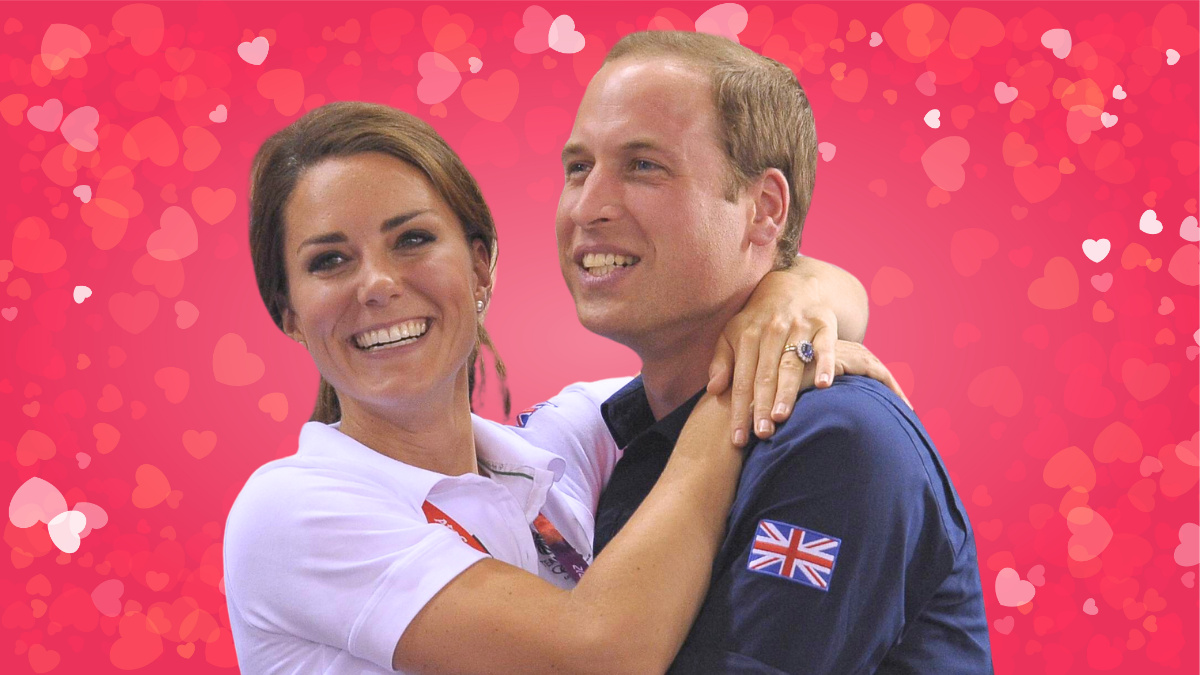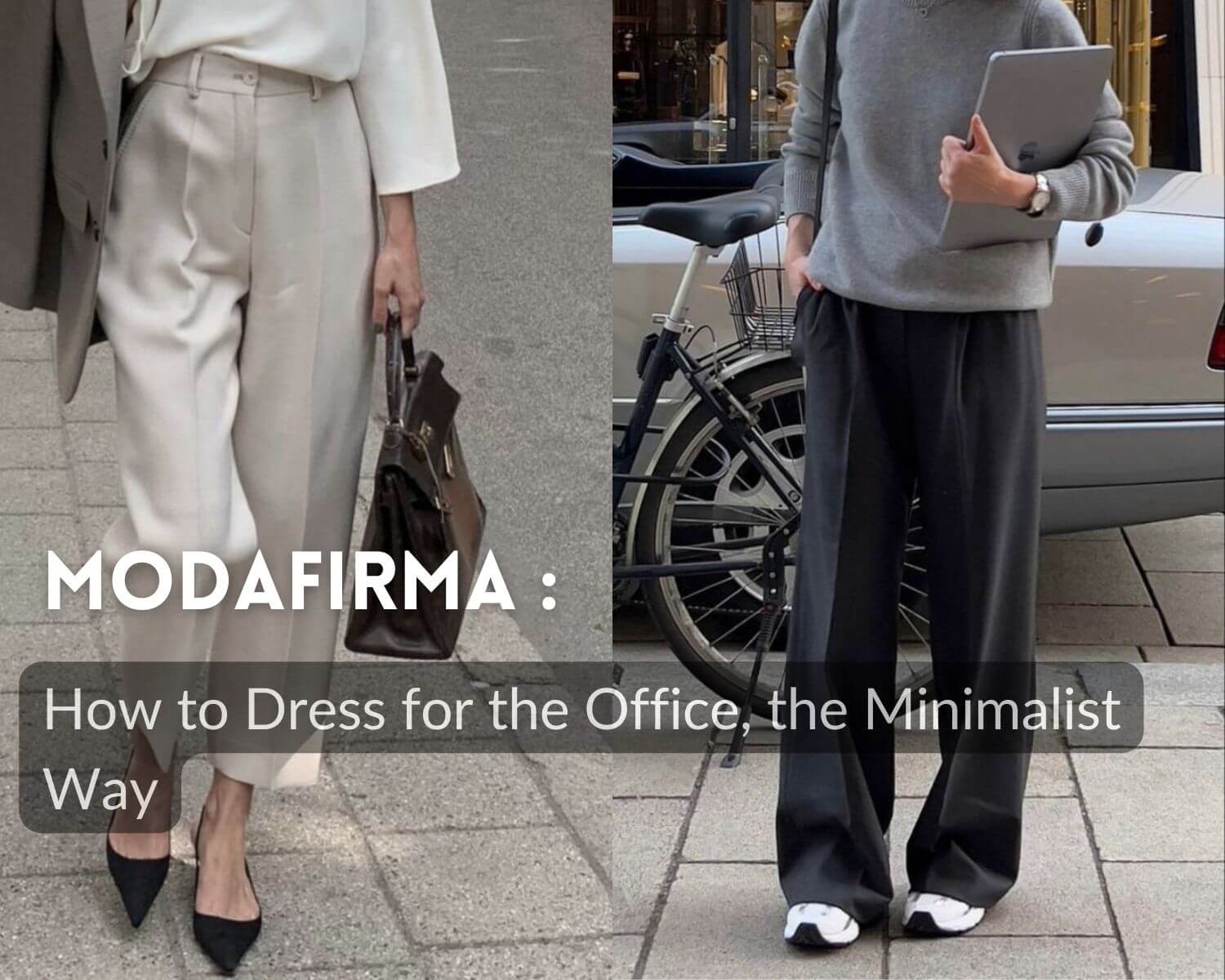Frederick Eberstadt, a fashion and society photographer whose varied work encompassed the parlors of Park Avenue as well as the gritty performance spaces of downtown Manhattan during New York’s avant-garde era of the 1960s, died on July 29 at his apartment in Manhattan. He was 97.
His death was confirmed by his son, the political economist Nicholas Eberstadt.
Mr. Eberstadt had started on a career in banking, following in the footsteps of his father, Ferdinand Eberstadt, a lion of Wall Street who founded the investment bank Eberstadt & Company and pioneered the development of mutual funds.
But the younger Mr. Eberstadt left for a stint in television and then received a chance opportunity to work as an assistant to the photographer Richard Avedon that led him into a 30-year career behind the lens.
As a fashion photographer and photojournalist, he shot for Vogue, Women’s Wear Daily, Town & Country, The New York Herald Tribune and many other publications. His subjects ran the spectrum, culturally, from the Duke and Duchess of Windsor, decades after the former King Edward VIII of England abdicated the English throne, to the actors Peter Fonda and Dennis Hopper in their “Easy Rider” era as haute hippie Hollywood bad boys.
From his perch high in the Manhattan social firmament, he invited readers into the thin air of Manhattan’s money culture. The journalist Barbara Goldsmith once called his society photography “velvet and supersleek.”
But he also ventured downtown to mingle with Andy Warhol and chronicle the city’s explosive underground film and theater scene. In 1965, he merged the underground with the mainstream in a fashion spread for Life magazine starring Edie Sedgwick, the star-crossed starlet and Warhol muse, showcasing her fragile beauty in the latest mod fashions and dripping in jewels.
“In the early ‘60s, the cultural scene in New York was divided between two disconnected worlds,” Jerome Hiler, an experimental filmmaker and Mr. Eberstadt’s former assistant, said in an email. “The uptown cultural world was as distant as could be from the more revolutionary art, film and theater world below 14th Street. Fred was among the few who drew attention to the downtown scene.”
He brought an insider’s perspective to whichever world he was shooting. In 1962, Mr. Eberstadt served as both photographer and subject for a spread in Vogue titled “The Logistics of One Brilliant Party.”
The article examined the exhaustive prep work with interior decorators, caterers and hairstylists that went into lavish parties that he and his wife, Isabel, a daughter of the poet Ogden Nash, threw at their 12-room apartment at 791 Park Avenue, at which uptown elites nibbled on cold salmon in sauce verte before shimmying to the sunny sounds of a Haitian steel band.
“I always thought of Freddie Eberstadt as one of New York’s greats — an individualist, iconoclast, wit and scholar,” Bob Colacello, the writer and a former editor of Andy Warhol’s Interview magazine, said by email. “He and Isabel stood out among their Park Avenue social set. They were hipper, cooler, more open minded, curious and adventurous. Eternally young.”
Frederick Eberstadt was born on July 24, 1926, in Huntington, N.Y., on Long Island. He was one of four children of Ferdinand Eberstadt and Mary Van Arsdale (Tongue) Eberstadt, a philanthropist.
His father, who held prominent posts with the federal government over the years, including chairman of the Army-Navy Munitions Board during World War II, cast a long shadow. He was “a man whose manner is pleasantly abrasive, like a rough towel after a cold shower,” his 1969 obituary in The New York Times noted.
The young Mr. Eberstadt spent his early years in Paris, where his father was serving as a partner for the investment bank Dillon, Read & Company, before returning to New York, where he lived with his family on Fifth Avenue — and later, the storied River House on East 52nd Street.
At 14, he was expelled from the Millbrook School for smoking; he eventually finished prep school at Phillips Exeter Academy in New Hampshire. After a brief tenure in the Navy near the end of World War II — the war ended before he could be sent to combat — he attended Princeton University, but he dropped out to travel the world.
Upon returning, he served a brief stint at his father’s investment bank. Trading, he said in a 2021 profile published on the website Medium, “gave me colitis.”
In the mid-1950s, Mr. Eberstadt worked for NBC, where he got to know Hollywood figures like Gena Rowlands and Dominick Dunne, the producer and future best-selling author of Hollywood crime books. That run came to an end after a chance conversation with Mr. Avedon at a party hosted by the writer Harold Brodkey, when he blurted out that he would be happy to work as the famed photographer’s assistant if he ever needed one.
“I guess I’d had a few drinks,” Mr. Eberstadt said in the Medium interview. “It was one of those things one might say but that had no particular meaning. I paid, and I was sure he paid, no attention to it.” But Mr. Avedon did. Before long, Mr. Eberstadt was on his way.
His father was ambivalent at best about his new course. As Mr. Eberstadt recalled in Medium, when Princess Margaret shocked the British establishment by marrying a commoner, the photographer Antony Armstrong-Jones, in 1960, Ferdinand Eberstadt said, “That brings your social position above that of a bootblack.”
Undeterred, Mr. Eberstadt established himself as man about town. By the 1980s, he was writing articles for Vogue on style and manners and discussing his own eclectic fashion instincts.
In a 1986 interview with The New York Times Magazine, he described balancing lavender shirts and checkerboard-pattern socks with low-budget staples. But, he added: “I always wear Army-Navy store cords with tweeds and blazers. Pay top price for top quality, but when it’s all the same, be stingy.”
In addition to his son, Mr. Eberstadt, whose primary residence in his later years was Key West, Fla., is survived by his daughter, the author Fernanda Eberstadt; six grandchildren; and one great-grandchild. His wife died in 2006 after 52 years of marriage.
In the late 1980s, Mr. Eberstadt’s photography assignments were drying up. He wrote a novel, which no publishers picked up. He slipped into depression, which had afflicted him since his youth.
“I simply collapsed,” he told Medium. “I felt like a total failure, absolutely hopeless.”
He eventually pulled out of his depression, thanks to medication and cognitive behavioral therapy. Inspired by his recovery, he decided to go into practice himself, finishing his undergraduate work at New York University before receiving a master’s of social work degree from Columbia University in his mid-60s, starting a new career as cognitive therapist as his Social Security checks began to arrive.
He would continue to see patients into his 90s.




